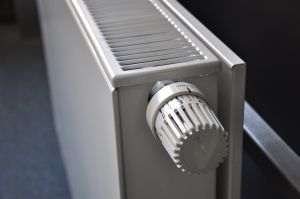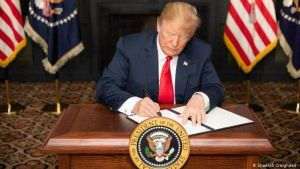When looking at the current exchange rate for the Euro or the dollar, we often wonder how much we would have won, had we been wise enough to buy foreign currencies one year ago.
In the beginning of 2008, the exchange rate of the leu against the Euro and the Dollar fluctuated both ways, but towards the end of the year, the leu had experienced a sizeable depreciation, losing ground against the two major currencies.
In the first two months of 2009, the leu continued its downward trend against the Euro and the dollar, with appreciations of the exchange rate only happening on a few days.
Investors who bought Euros or dollars in the beginning of 2008, would see a gain of 0,6793 lei/per Euro or 0,8949 lei for a dollar (when comparing against the official exchange rate of the Central Bank). The leu depreciated more steeply against the dollar, which could be due to the fact that lately, the dollar has appreciated against the Euro.
Analysts claim that the evolution of the leu followed the trend of the other currencies in the region, and that its tendency to depreciate was mainly caused by the fear on the future evolution of the economies of the emerging markets.
For instance, had somebody bought 5000 Euros and 5000 dollars on January 3rd 2008 they would have needed 30174 lei, according to the official exchange rate for the Euro and the dollar on that day. After that, if they had placed the money in a bank deposits with a 4.5% interest, after a year, they would have won another 225 Euros and 225 dollars.
The highest level of the leu/euro exchange rate in 2009 was 4.3127 for one Euro, and at that price the 5250 Euros could have been sold for 22641 lei. Had the investor sold the 5250 dollars as well on February 18th 2009, when the dollar reached the highest point of 3.4146 lei, he would have earned another 17926 lei. Thus the investor would have had a total of 40567 lei, with a gain of de 10393 lei.
Still, the example in question is purely theoretical, because in real life, one would have to be insanely lucky to be able to accurately time the purchase and the sale at the high/low points. What"s more, the exchange rate for exchange offices is different than the one of the Central Bank.















































